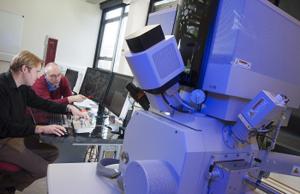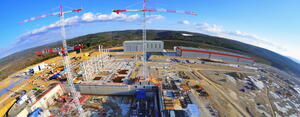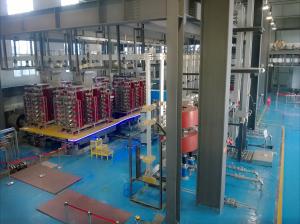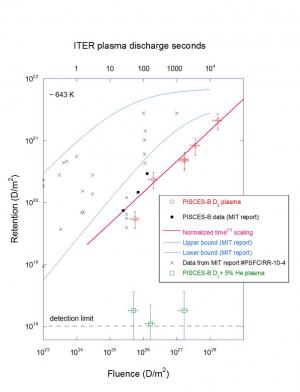What’s New
2 March 2015
ITER news digest for the period of 23 February 2015 to 2 March 2015.
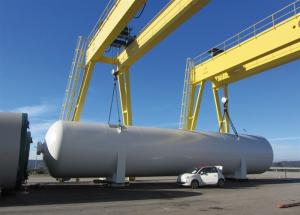
European-made pressure vessels ready for JT-60SA tokamak

Big Science: What's it worth?
